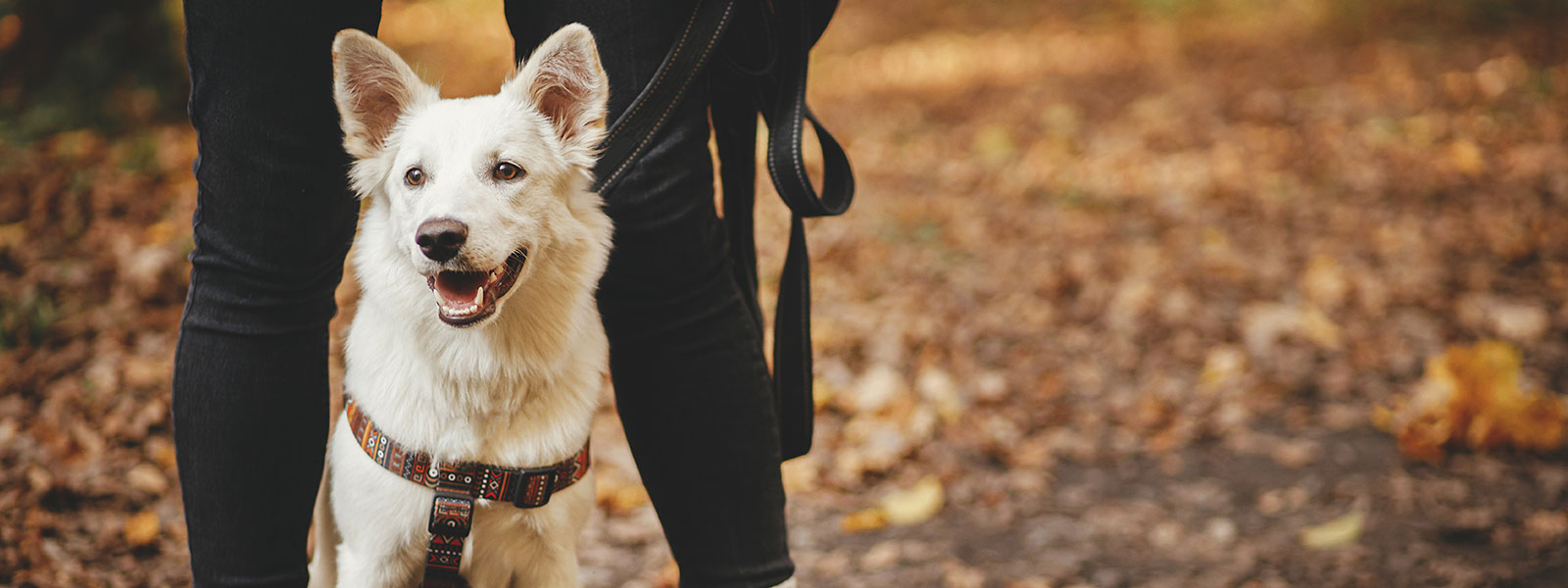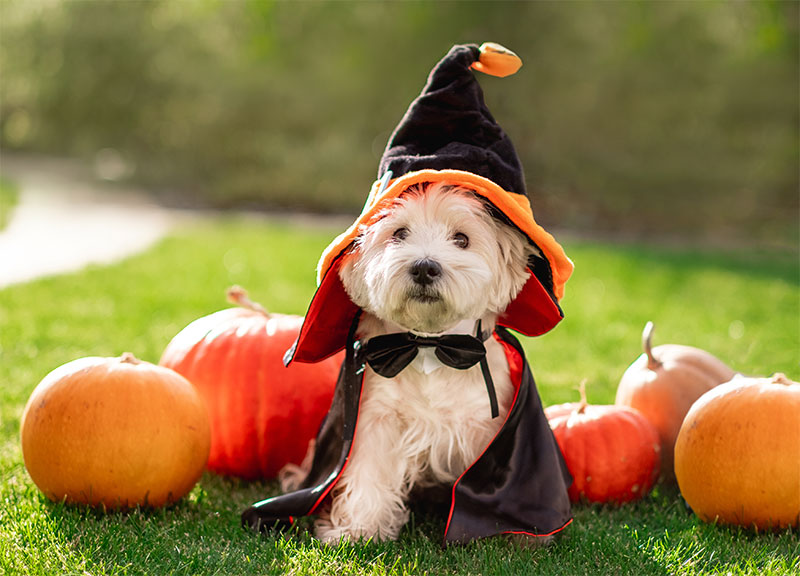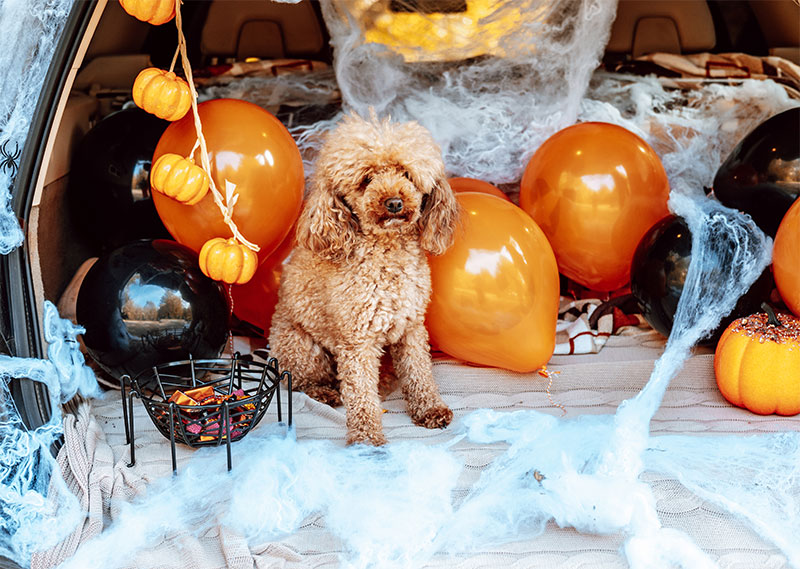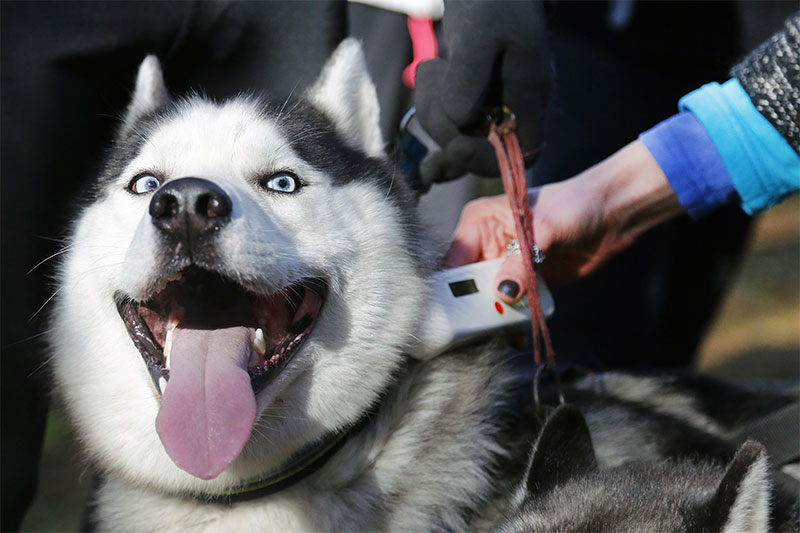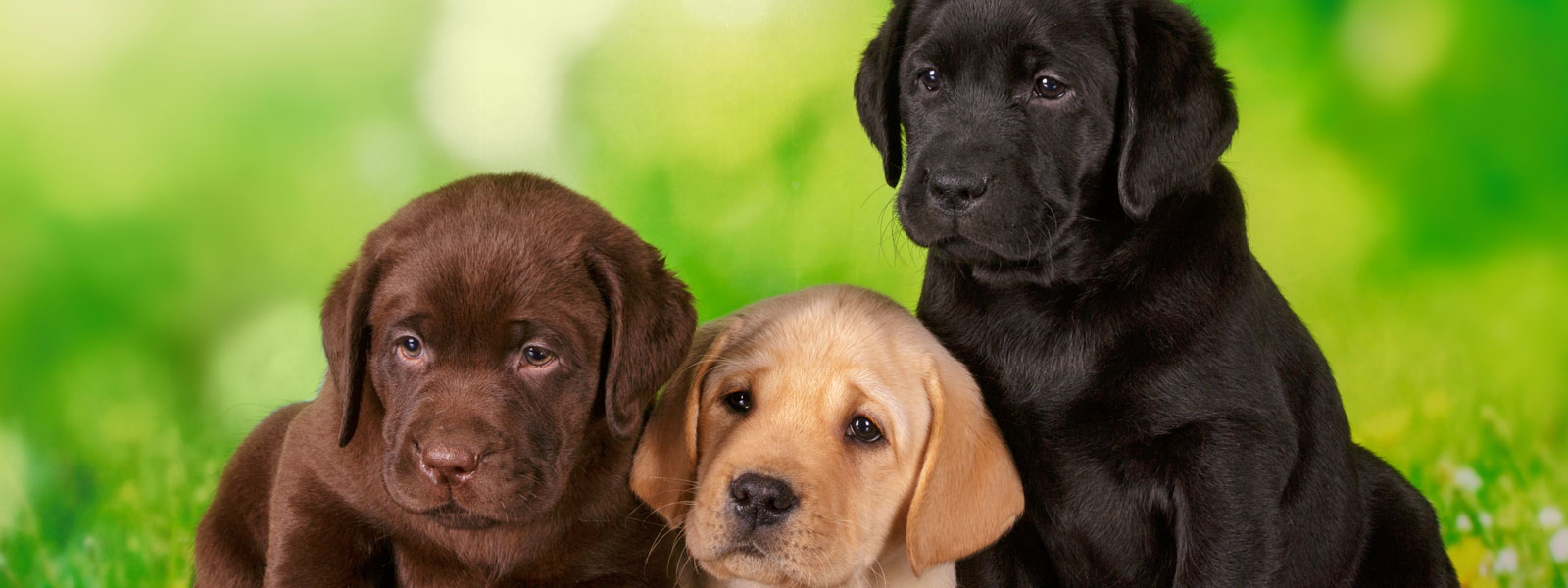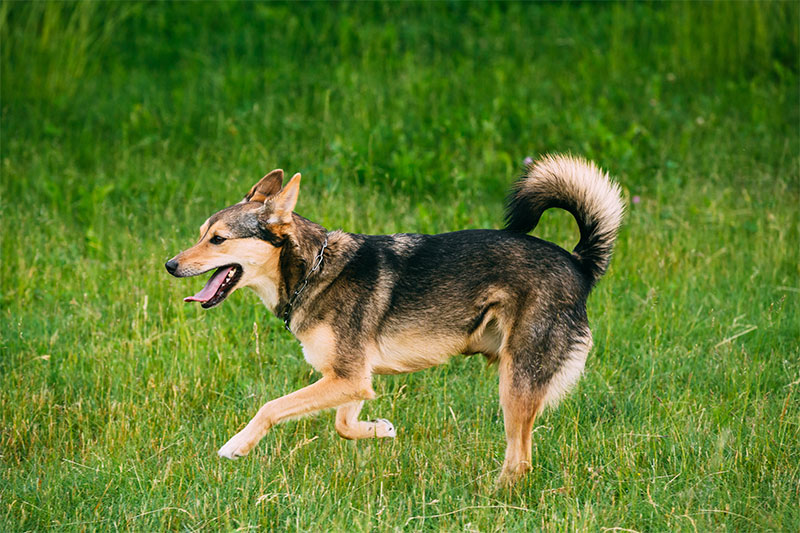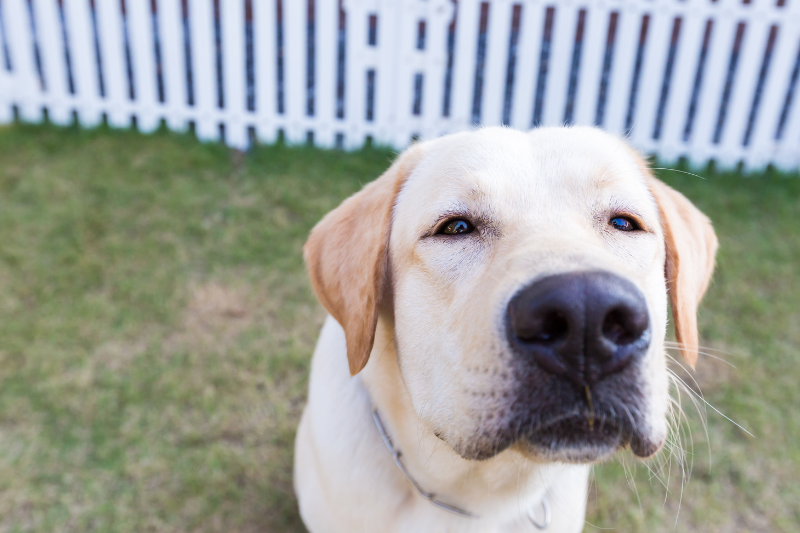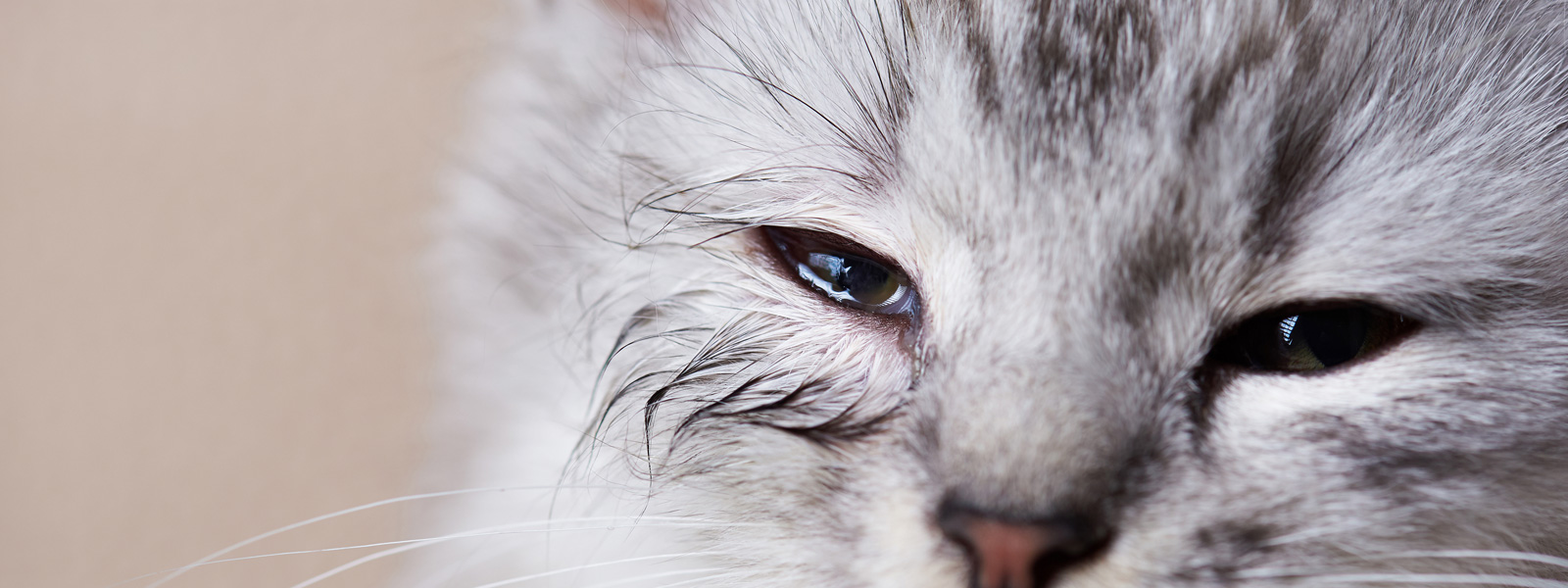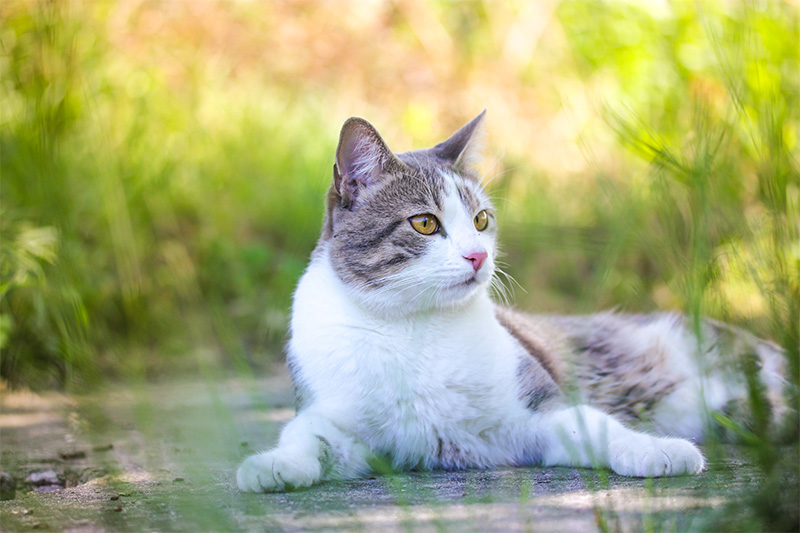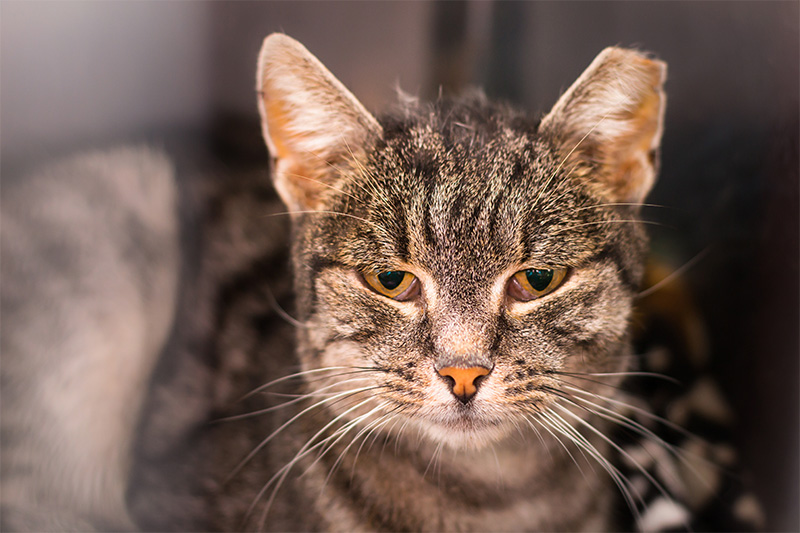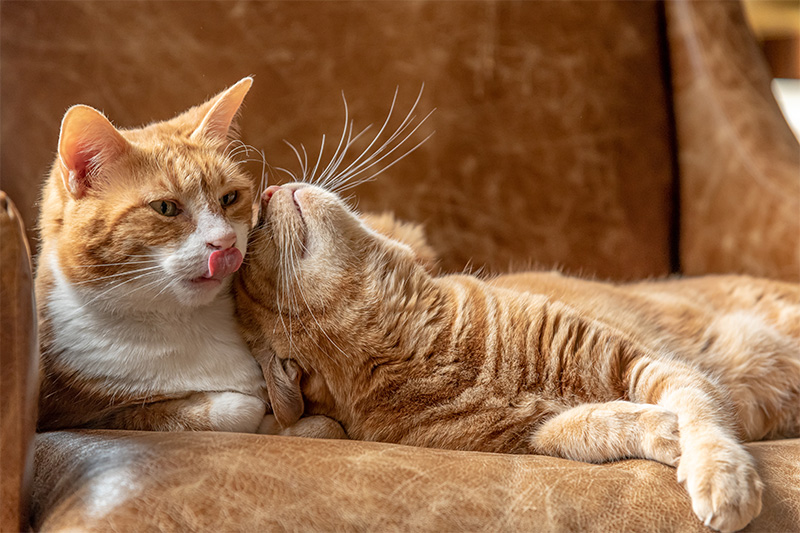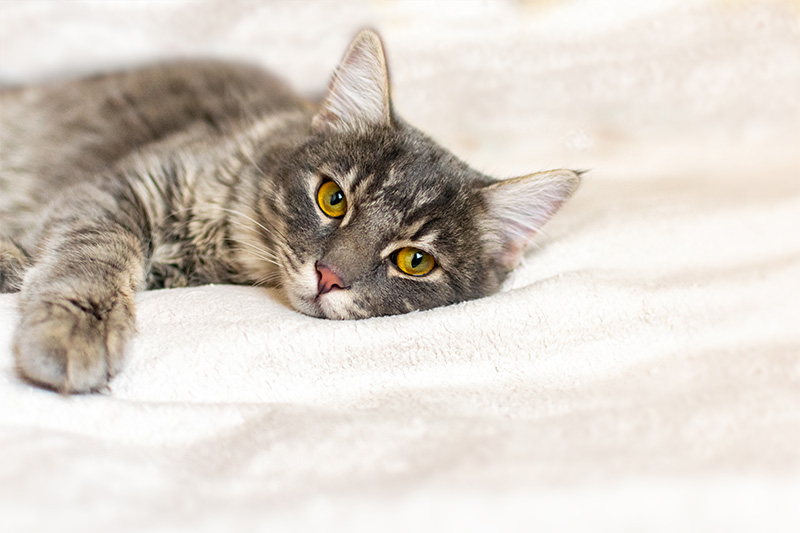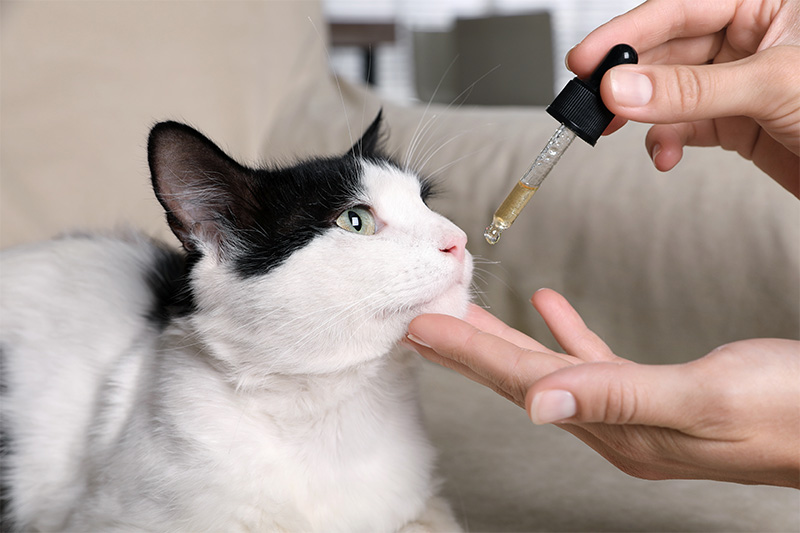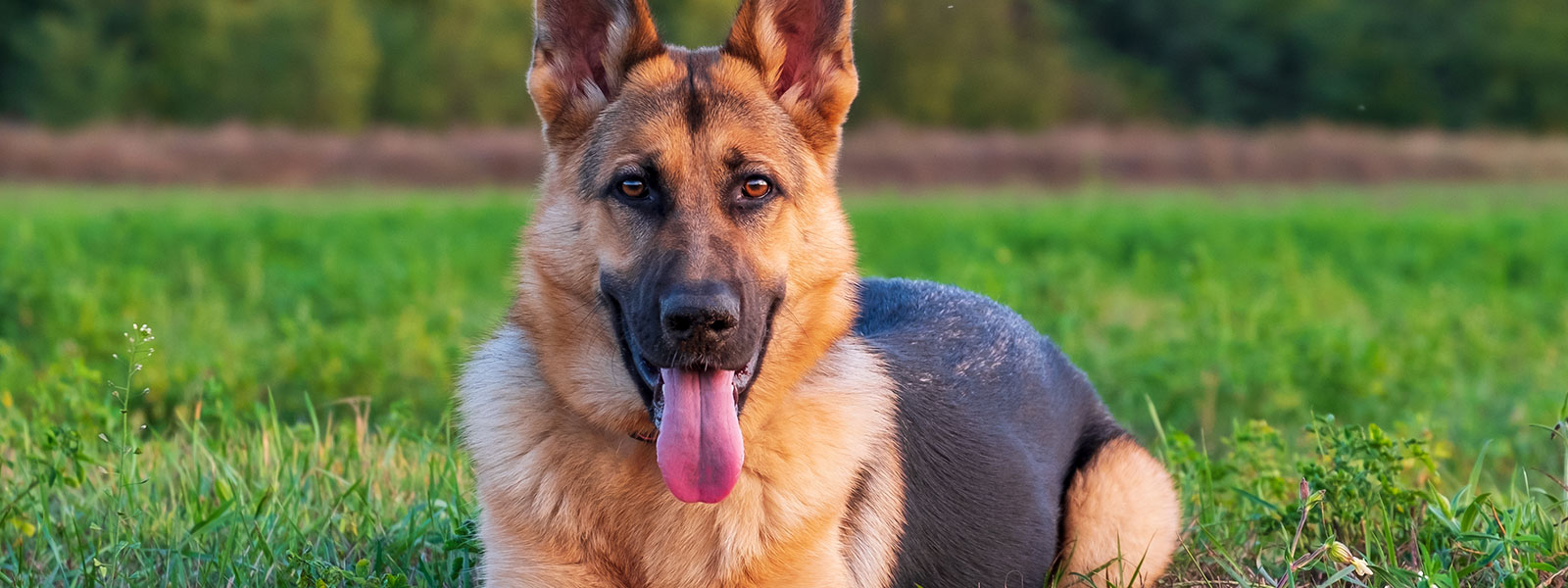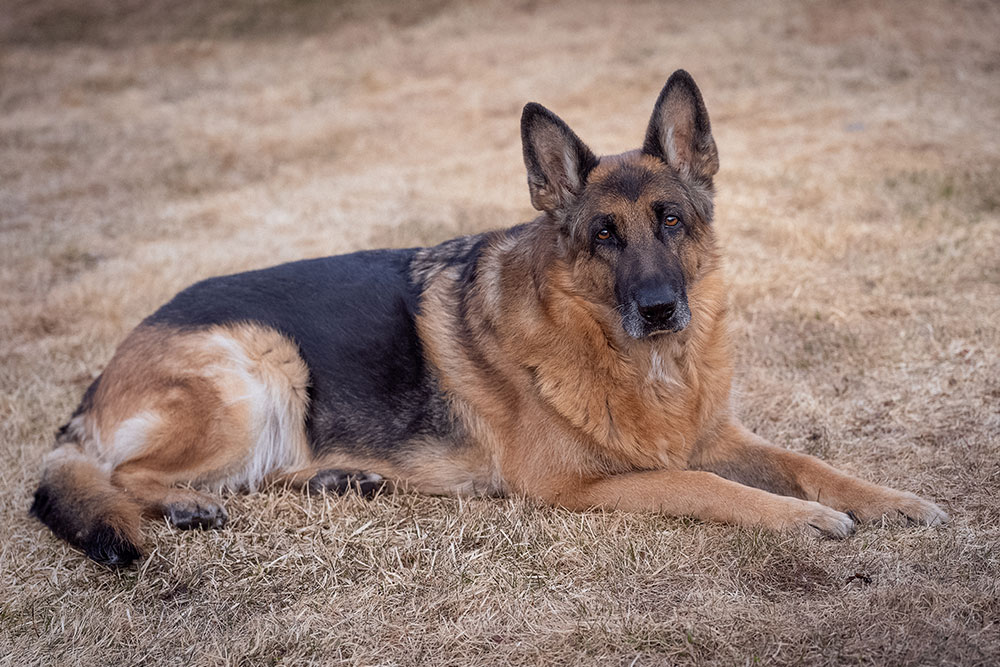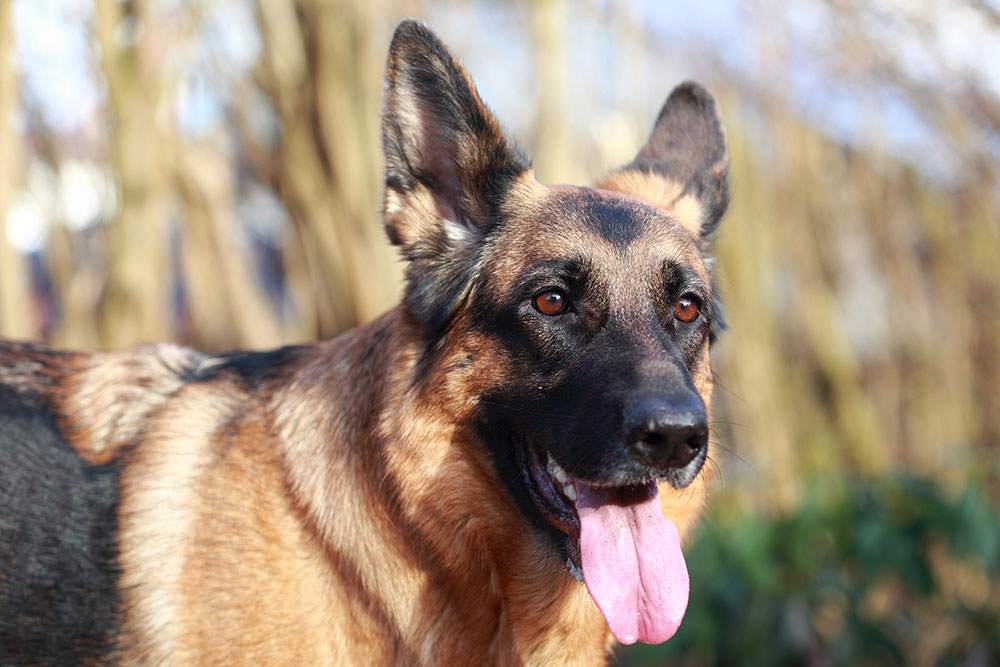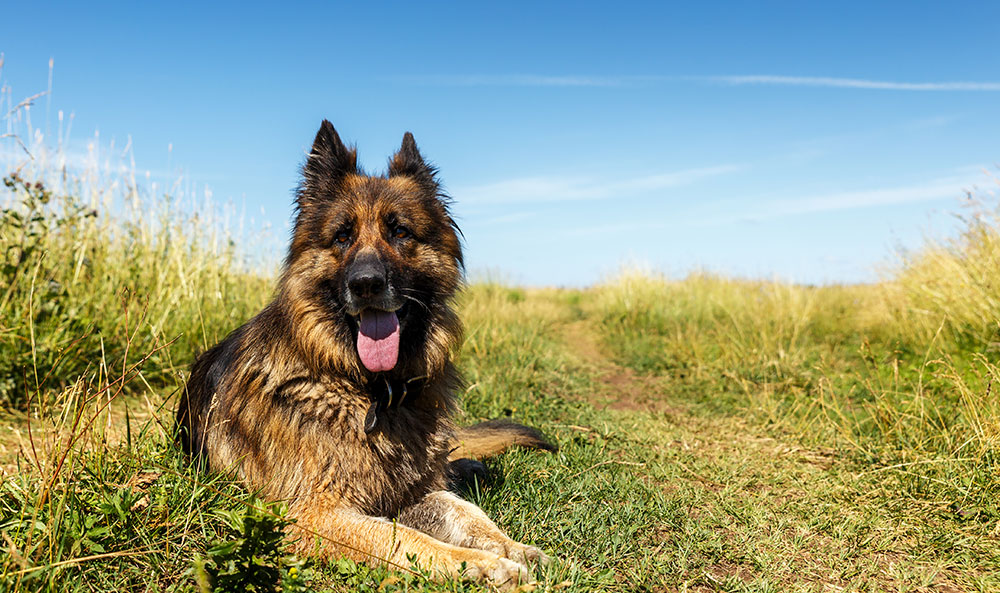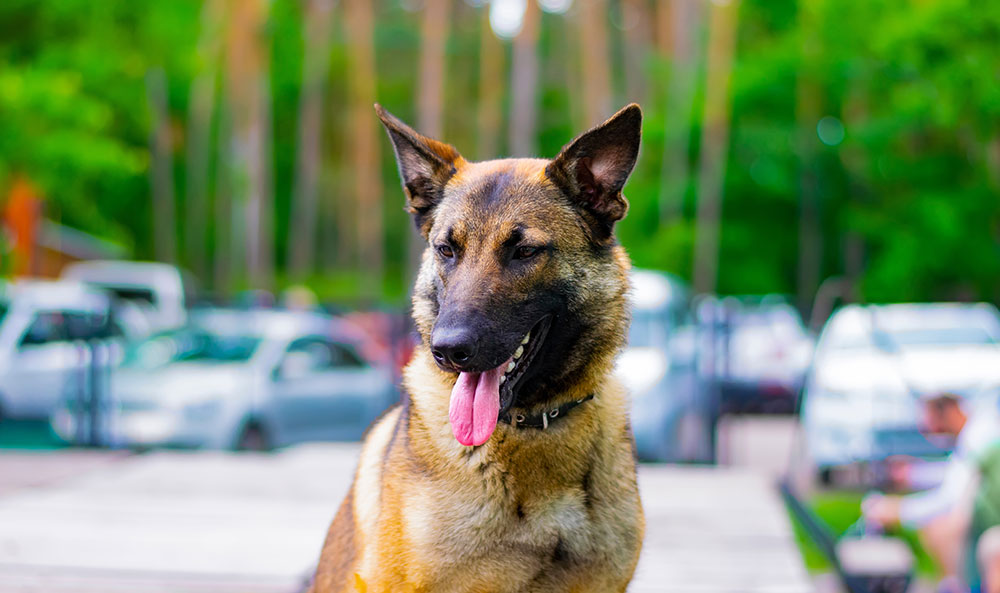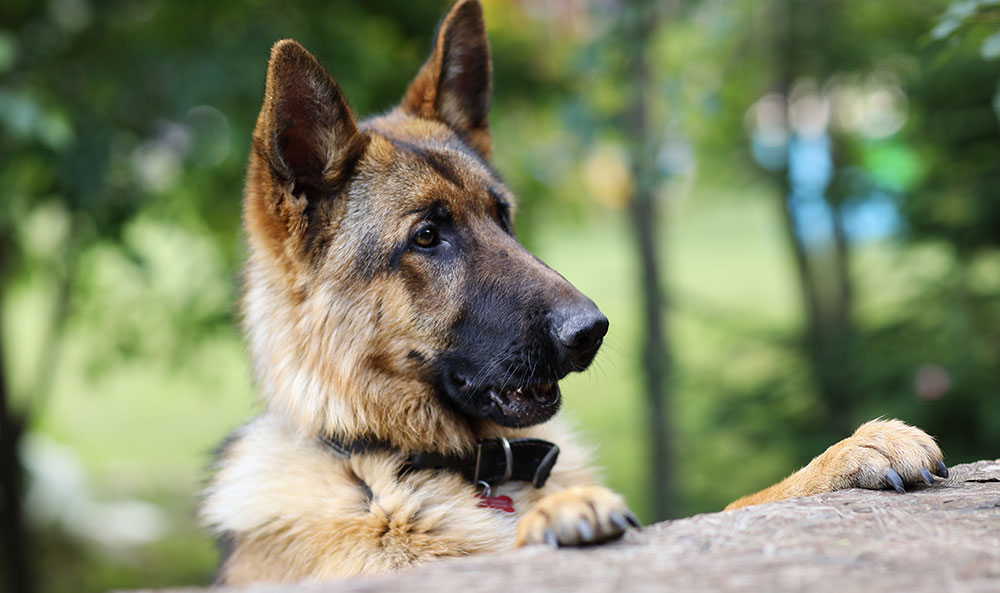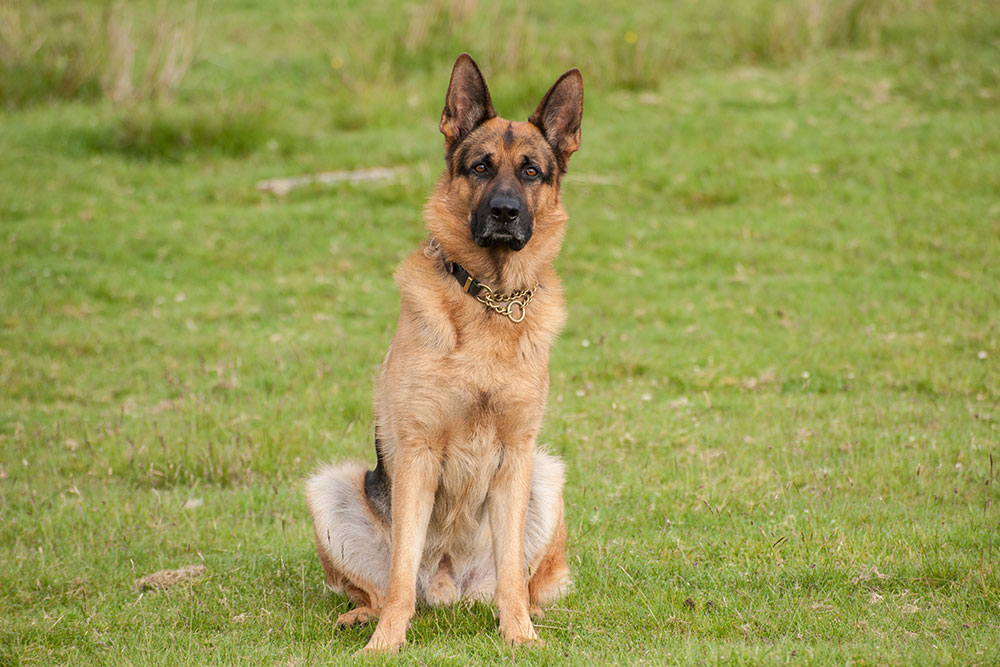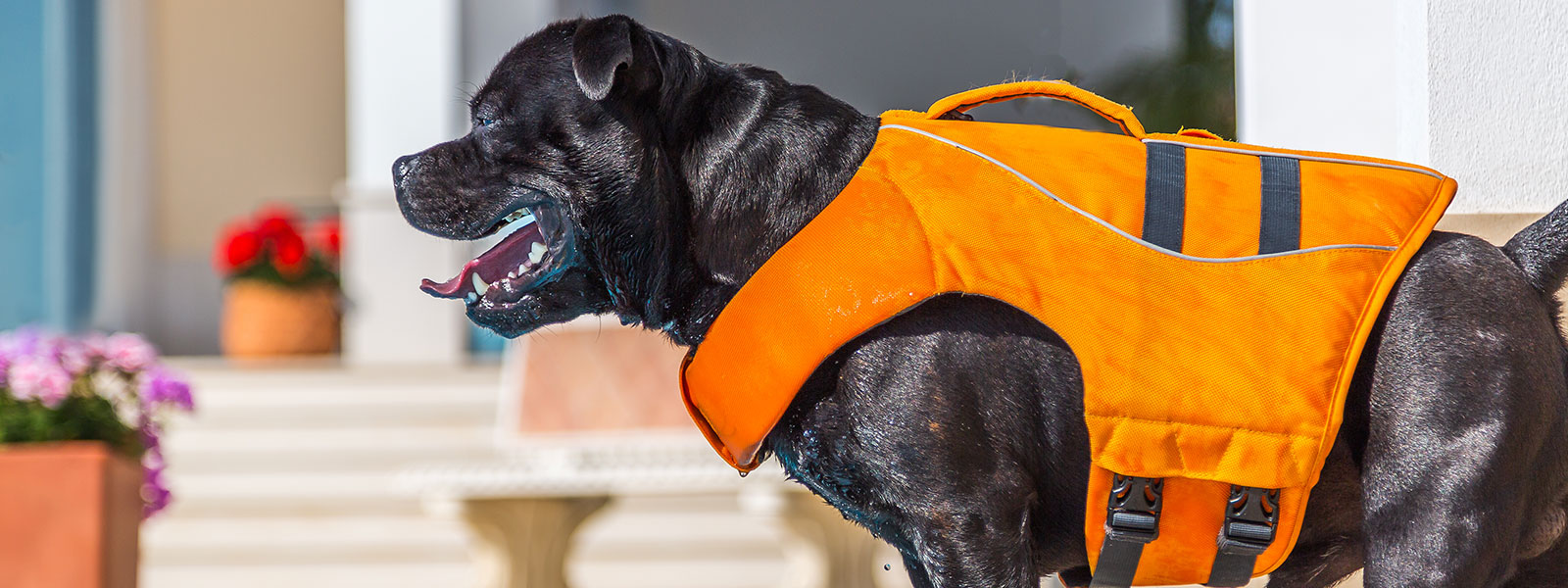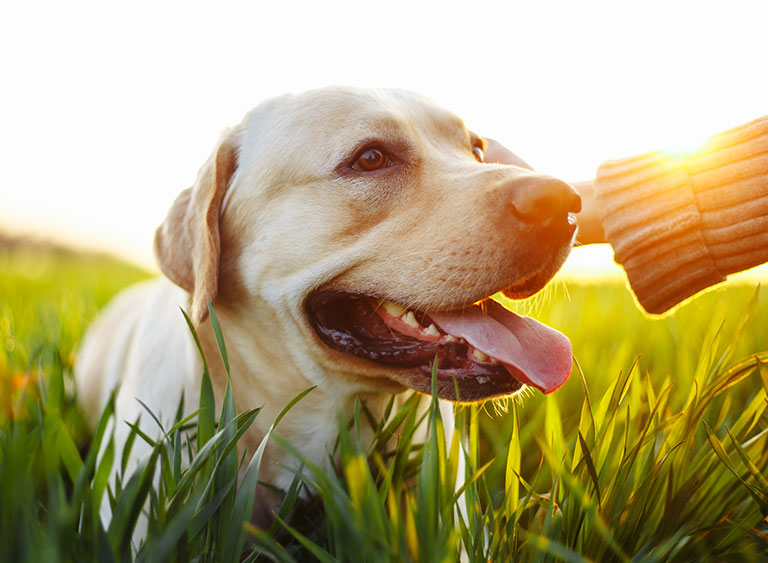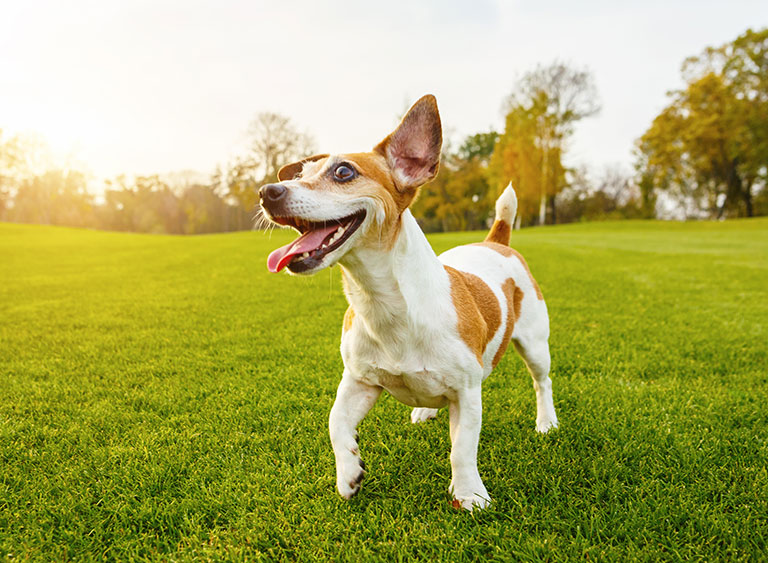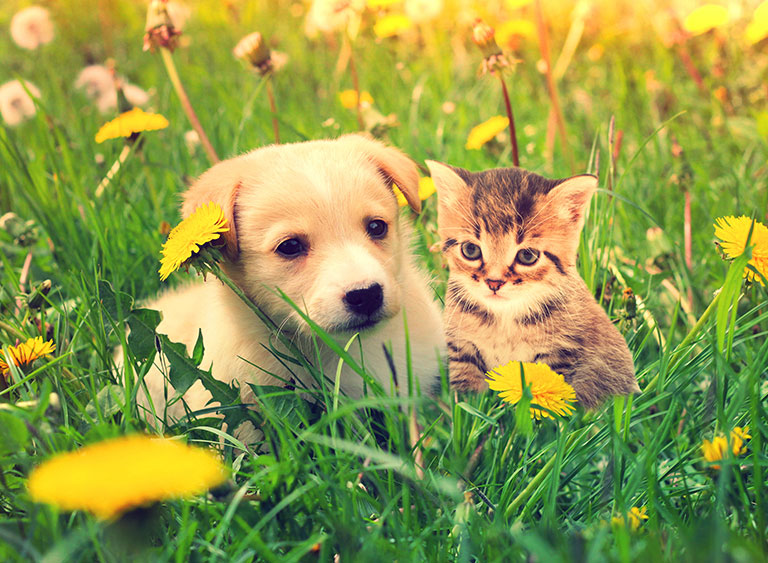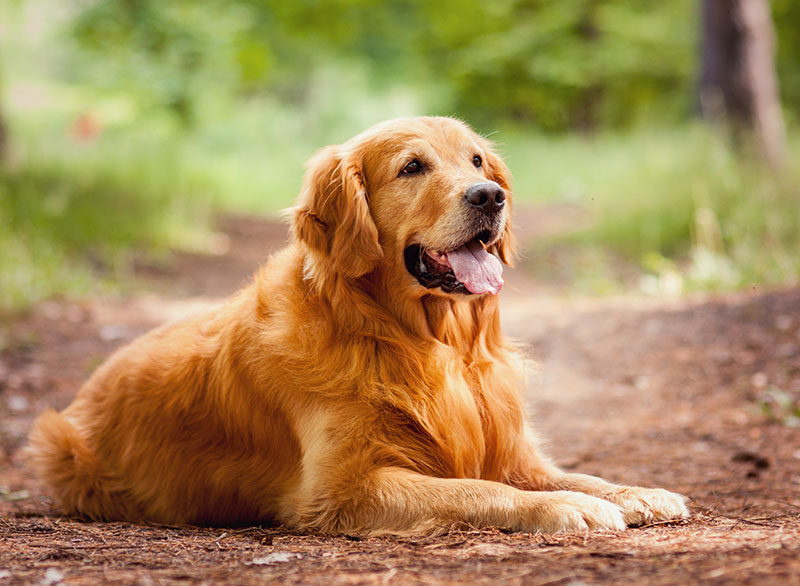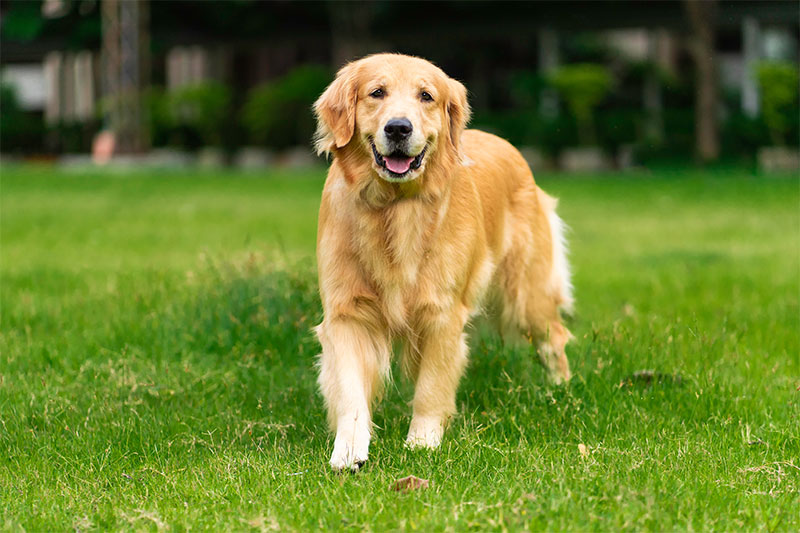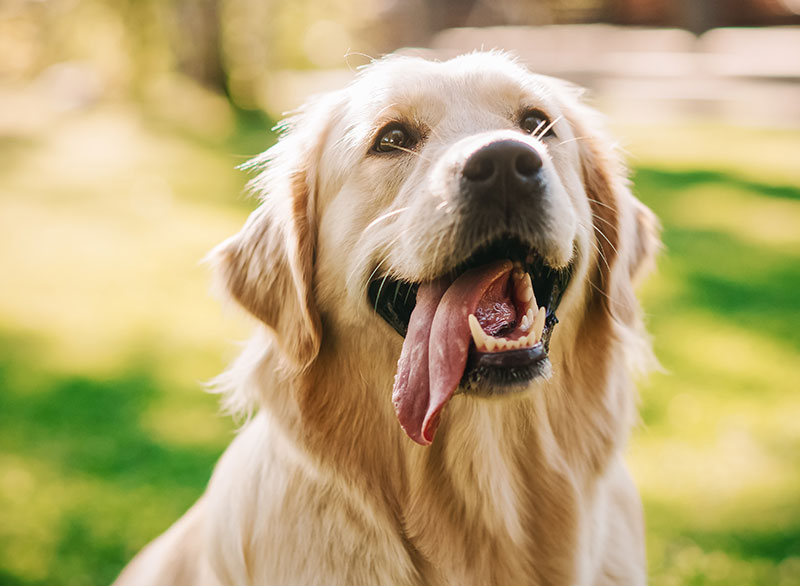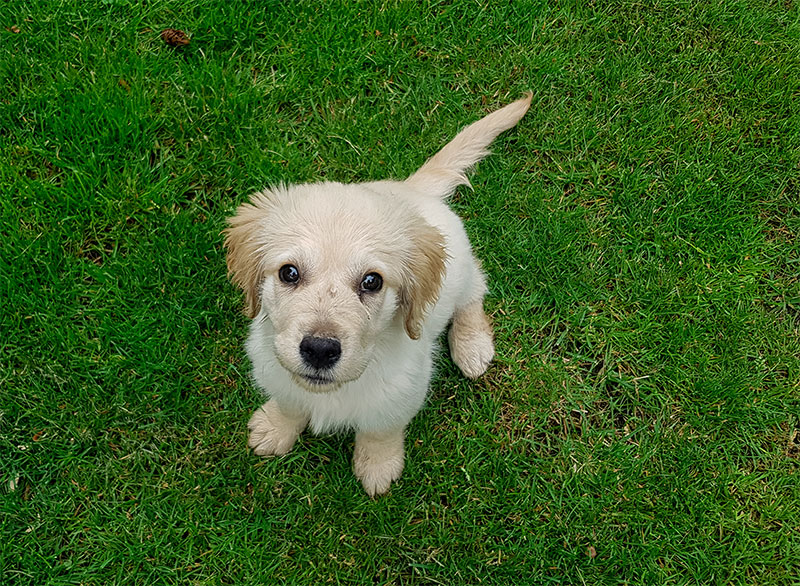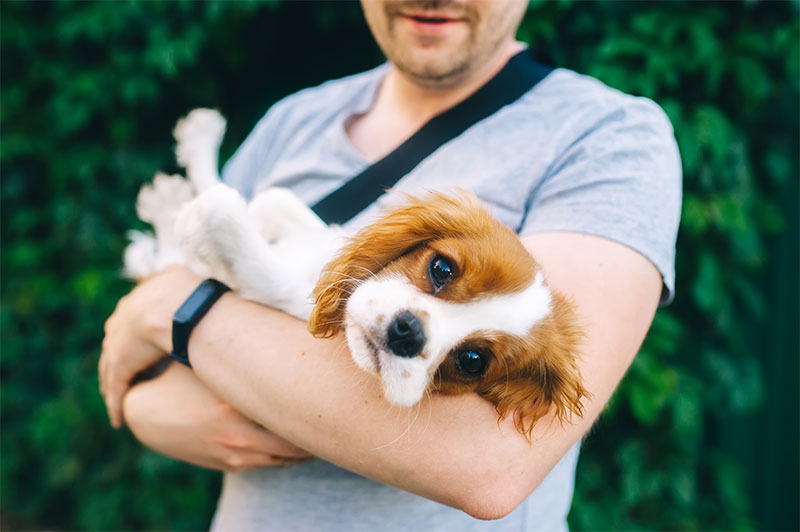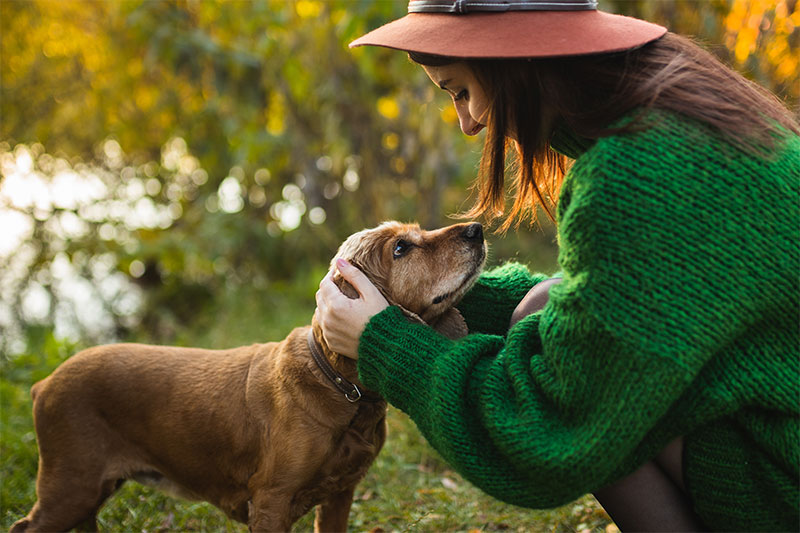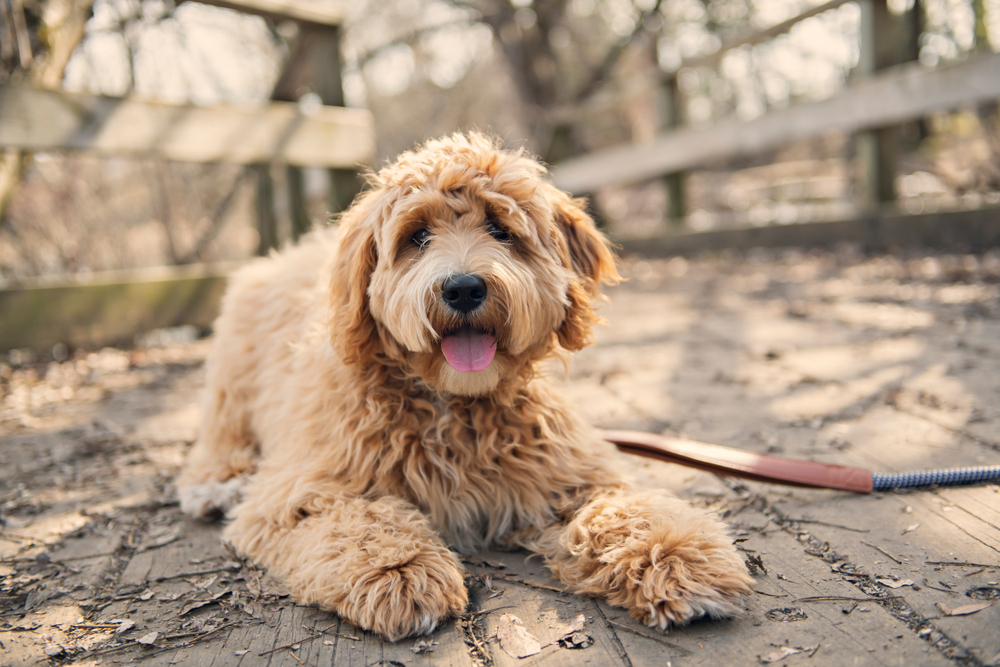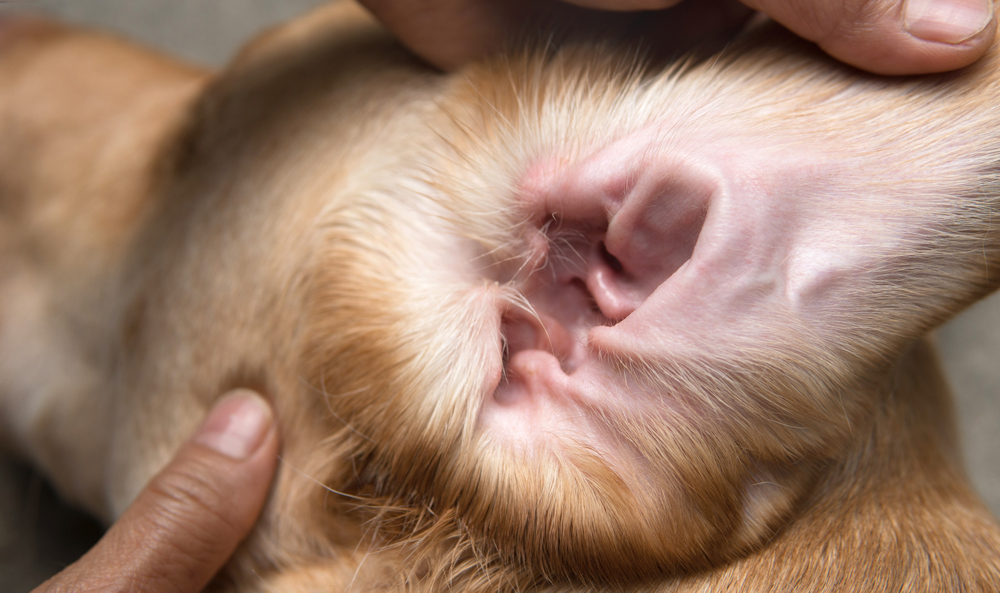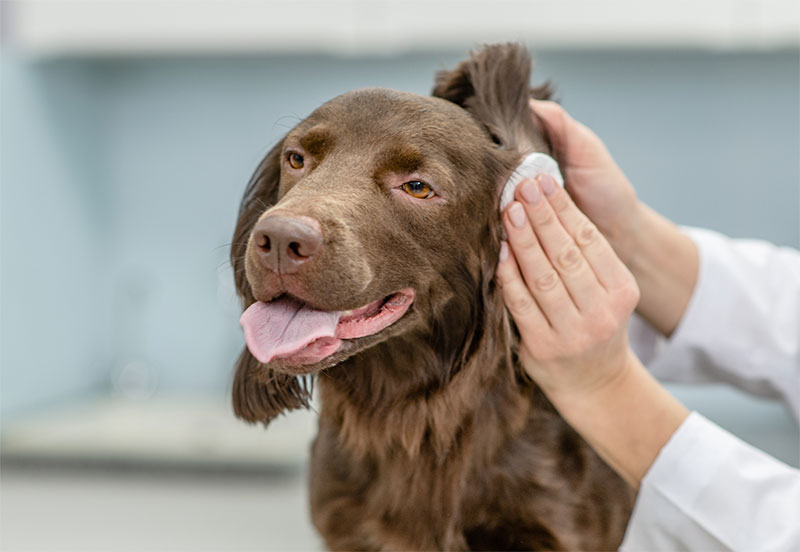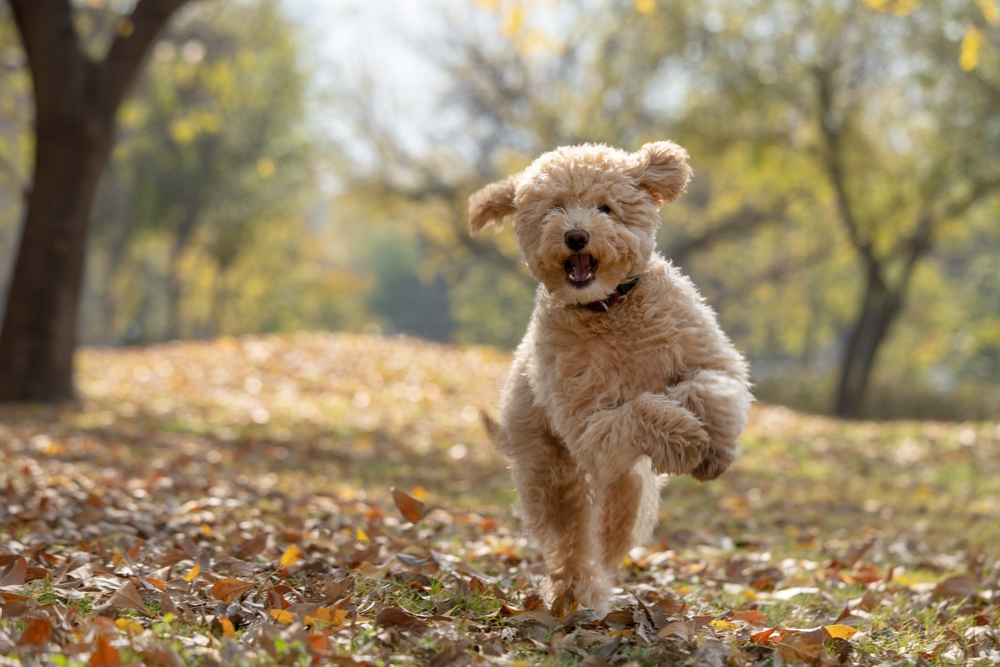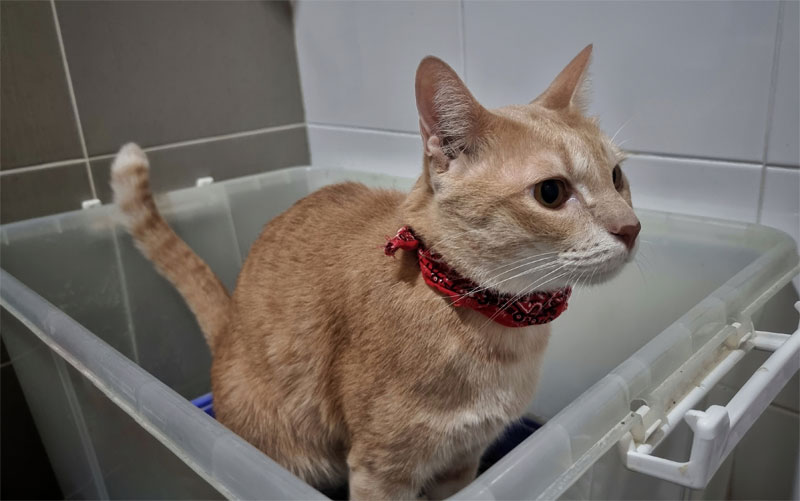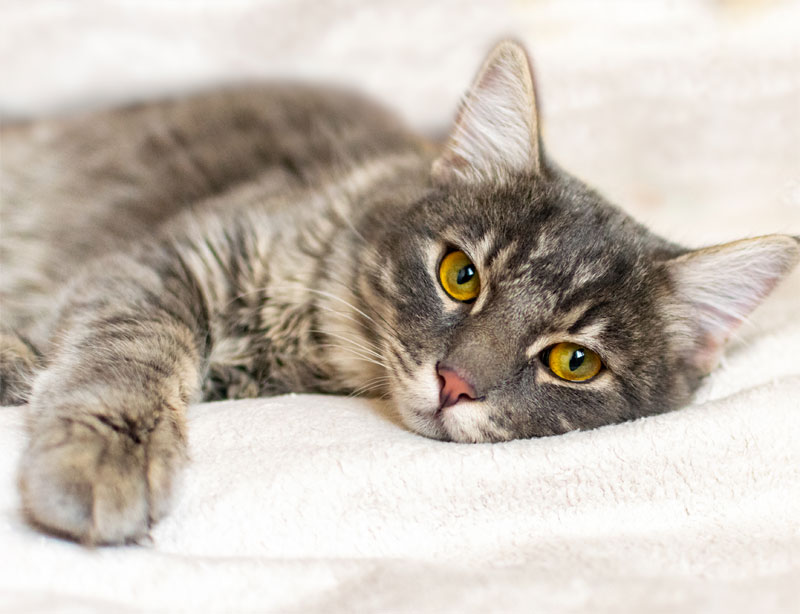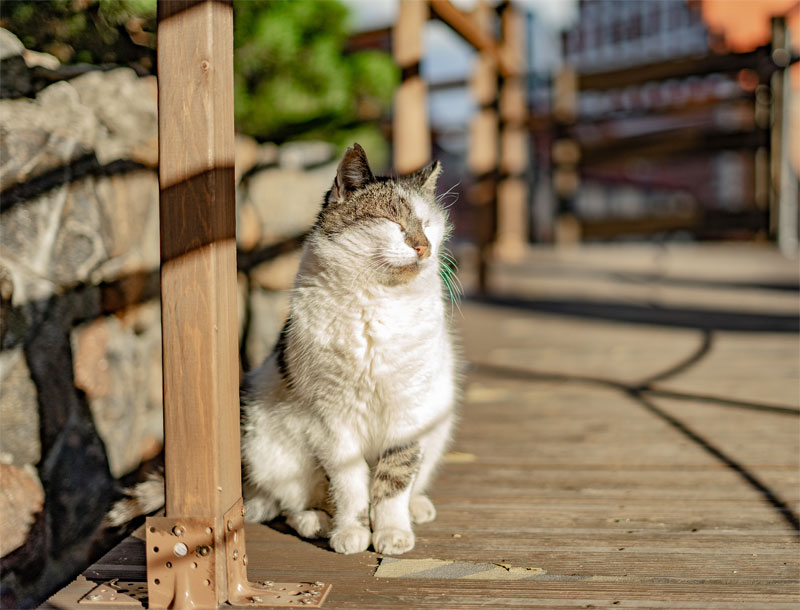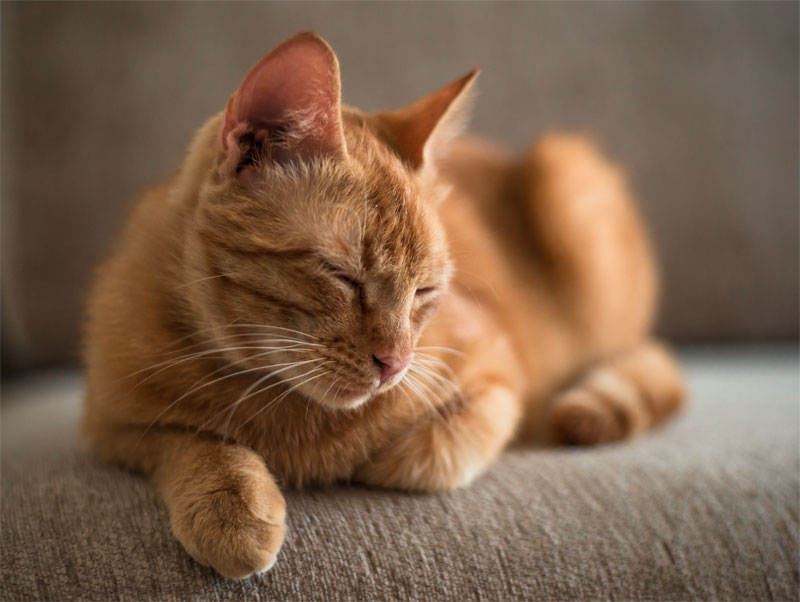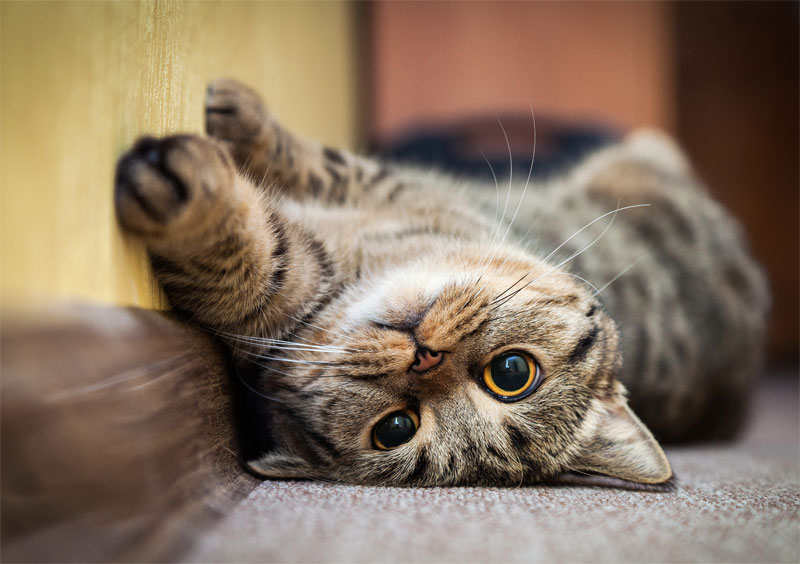
Everything You Should Know About Hiking With Your Pup
November 17th is National Take a Hike Day, making it the perfect opportunity to head into the great outdoors on a trek with your best friend, your canine companion. Before setting out on a hike with your dog, however, it’s good to remember to be prepared – and that means being prepared to meet your and your pet’s needs on your hike. Consider the following tips so that you can celebrate an official day of hiking with your dog.
Expert Advice on Hiking With Your Dog
1. Hike at Your Dog’s Level
Owners of puppies, senior dogs, brachycephalic (short-muzzled) dogs, and dogs that are relatively sedentary should seek a veterinarian’s advice before they start a new fitness routine. When introducing your dog to a new exercise routine, it is recommended to start slowly, with short walks on a beginner-level hiking trail, before working your way up to more difficult hikes.
2. Safe Access and Wildlife Awareness
Before leaving, check that dogs are allowed on the trail or in the wilderness area you plan to visit. In addition, depending on where you plan to go hiking, be aware of any wildlife dangers. Bears, big cats, coyotes, snakes and other wildlife species all present a possible risk to your dog, especially if they are a small breed dog.
3. Bring All the Necessities and a First Aid Kit
Pack everything your dog might need:
- Food, water, and collapsible bowls
- Treats
- Extra leash
- Dog first aid kit
- Rain gear
- Towels to dry off wet paws
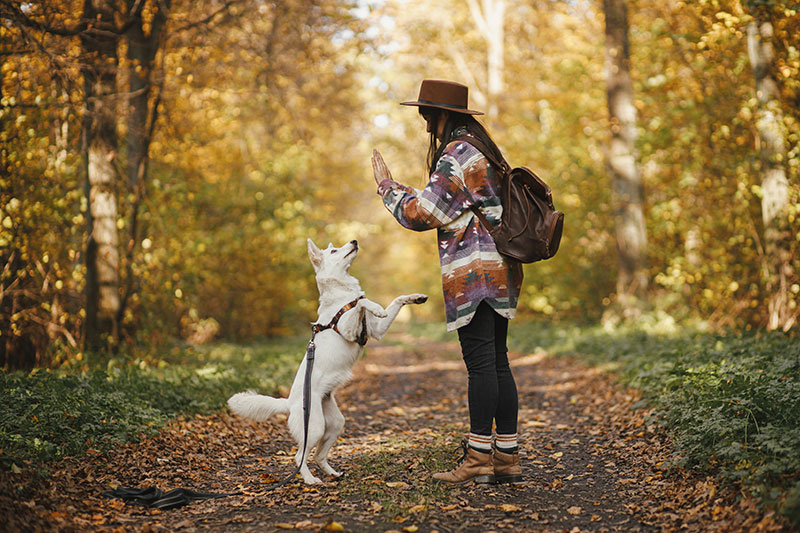
4. Leave No Trace
Remember to bring doggy clean-up bags. Not only is dog feces unsightly, but it can spread disease to other dogs or even people. Help to preserve the beauty and safe access of the outdoors for everyone else and for yourself in the future.
5. Protect against Parasites and Diseases
When heading out into nature, parasite prevention is paramount. Year round prevention is recommended, and pet owners should be especially vigilant during the warm weather months and the times of year when ticks are most active. Check with your veterinarian about when to be most on the lookout for these parasites. A good general rule is that if it hasn’t been well-below freezing for several days on end, then ticks are still active in your area.
Additional vaccinations for Lyme Disease or Leptospirosis, might also be recommended if you’ll be taking your dog to an area where wildlife is present.
6. Make Sure Your Dog Is Identifiable
In new places, dogs can get disoriented and lost easily. Prepare for the worst by making sure your dog’s ID tags are up-to-date and readable. Additionally, we strongly recommend microchipping your dog so they have identification that can’t be lost.

Schedule a Pre-Hike Checkup With Our Sleepy Hollow Veterinarians
If you’re concerned about your pet’s fitness, parasite protection, or vaccines, we encourage you to schedule an appointment at Sleepy Hollow Animal Hospital. We can help ensure your pet is well-prepared for hiking in the wilderness.






